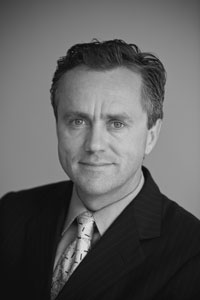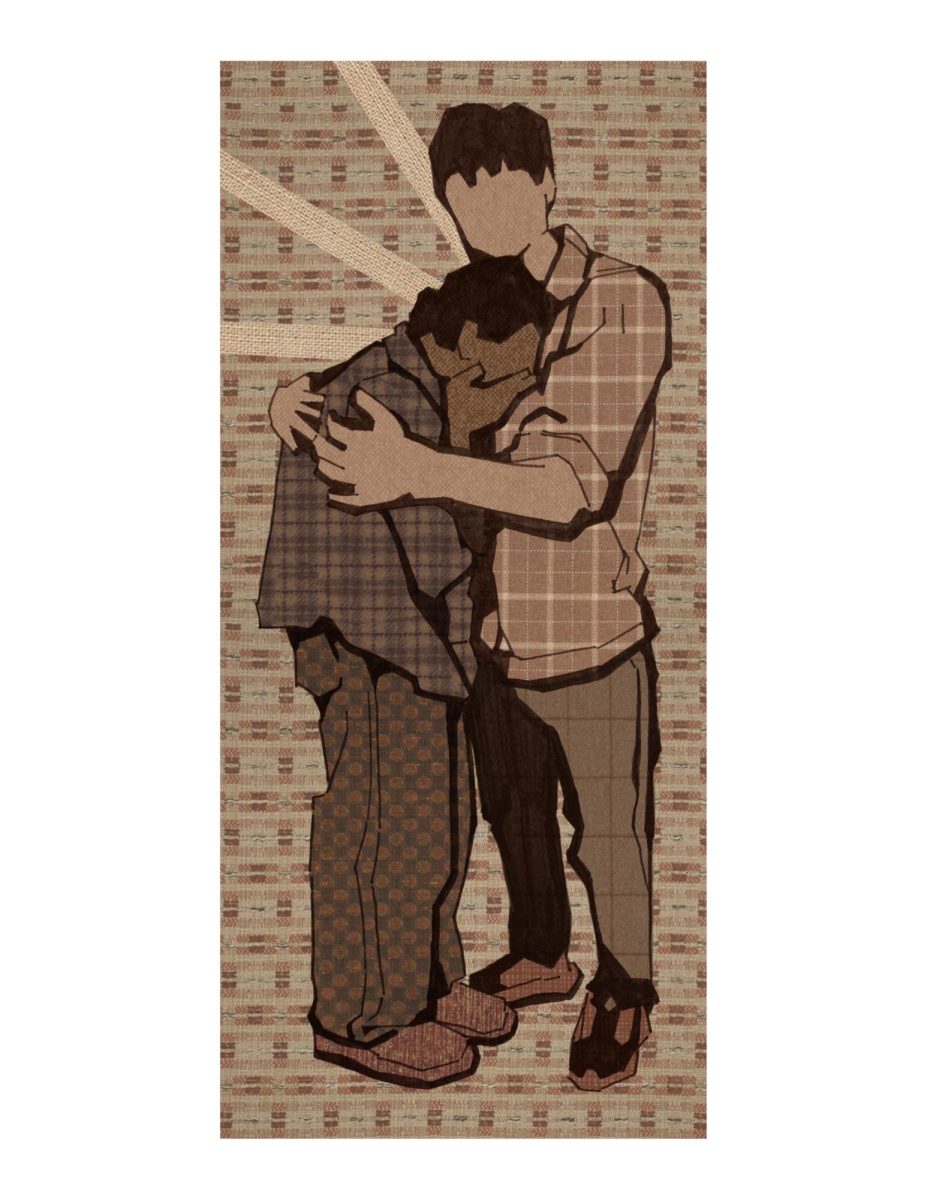This week began with the Day of Prayer Chapel in Chase Gymnasium on Monday, Oct. 4. Ken Berding asked us to consider four soul-searching questions, drawing from the words of Revelation 2:5, “Remember therefore from where you have fallen, and repent and do the deeds you did at first.” We heard the words of this New Testament professor, a man with a scholar’s mind and a passion for Christ.
But a call for prayer from the front of the chapel does not a praying community make.
On Sept. 24, little more than a week before Monday’s chapel, the Day of Prayer coordinators, Samantha Chisam and Jordan McGrath, spent time with me talking through the Day of Prayer events and sharing from their hearts about why the Biola University community must continue to be a place where abiding prayer is commonplace. I told them of my commitment to fan the flames of prayer.
But a presidential edict or an administrative policy does not a praying community make. What then makes a praying community?
Drawing on a history of religious awakening
Between these two dates, Sept. 24 and Oct. 4, I visited Boston with some Biola University friends and supporters. We spent three days tracing some of our nation’s spiritual heritage that had its roots in New England.
On Thursday, Sept. 30, one of our stops was at Pulpit Rock, a natural stone pulpit where the 18th century evangelist George Whitefield preached to thousands. As Yale historian Harry Stout has said of Whitefield, so pervasive was his impact in America, 80 percent of all American colonists heard him speak in person at least once.
As the band of us recounted the impact of Whitefield on the American religious landscape and the spiritual awakenings that ensued, our conversations began to imagine what would lead to a revival again. We talked about the three essential dimensions at the heart of every awakening, from the biblical accounts through the 20th century.
This is the time of the semester when we at Biola focus anew on prayer. As we do this over the course of this week, may we begin living in the expectation that we will increasingly be people of prayer and that we embrace these three dimensions underlying every true spiritual awakening.
Cultivating revival
First, revivals have at their center Christians who are fervent about believing prayer. God’s people at those times when he moved most sovereignly were huddling together believing that God could transform complacency into zeal. Second, revivals have at their center people who love the sacred Scriptures, the very Word of God. Third, revivals have at their center people who are coming to God in daily repentance. “A broken and a contrite heart, O Lord, you will not despise,” David wrote in Psalm 51.
The final question Ken Berding asked in Monday’s chapel was “If your love for God has cooled off and you want to renew a passion for God, what do you do?”
The answer from Revelation 2:5:
1. Remember where you used to be
2. Repent: it is a sin to be passive about your faith
3. Re-do the deeds you used to do
May these spiritual habits of the heart be more than our theme for this week of prayer, but may they be deep longings of this community.







